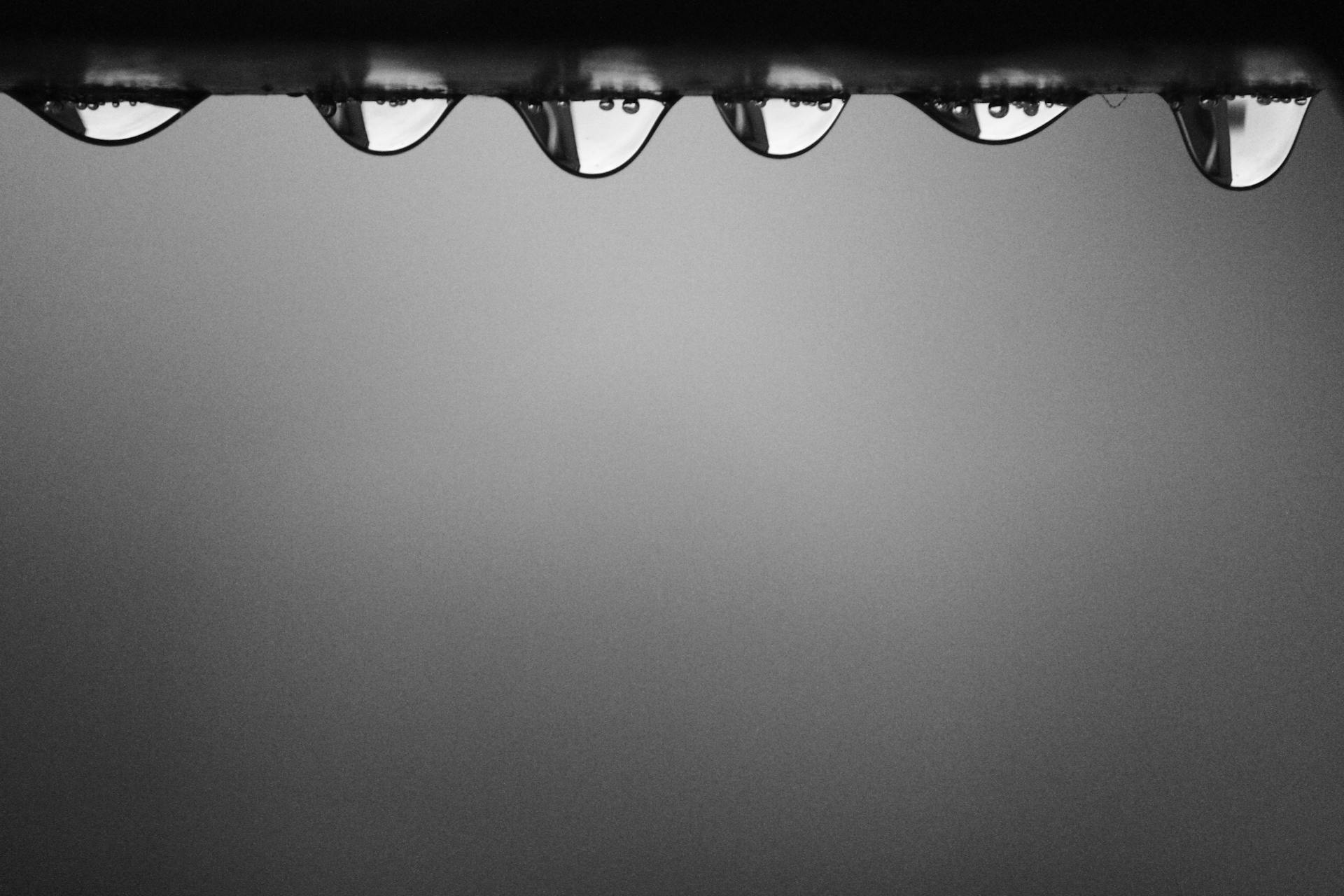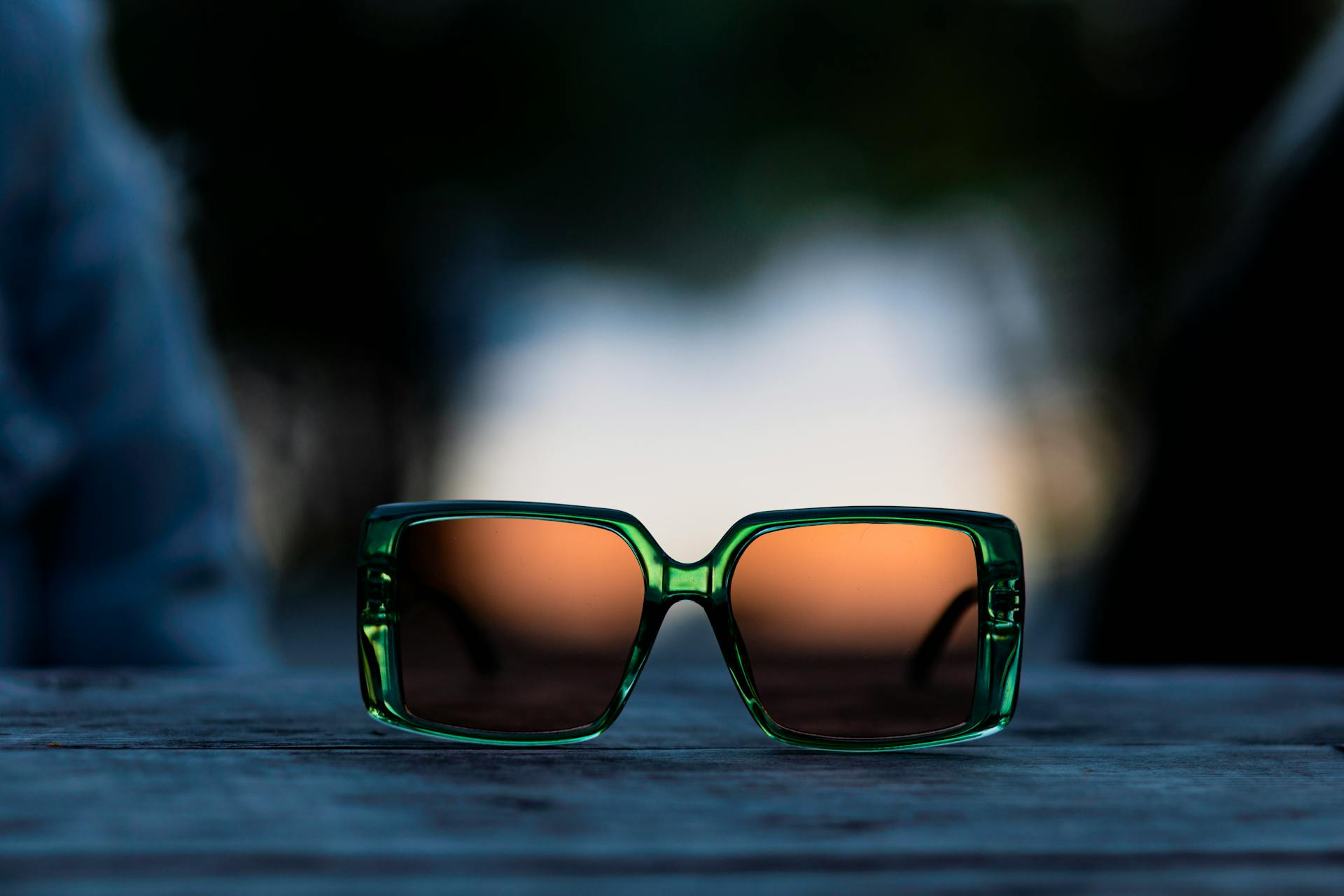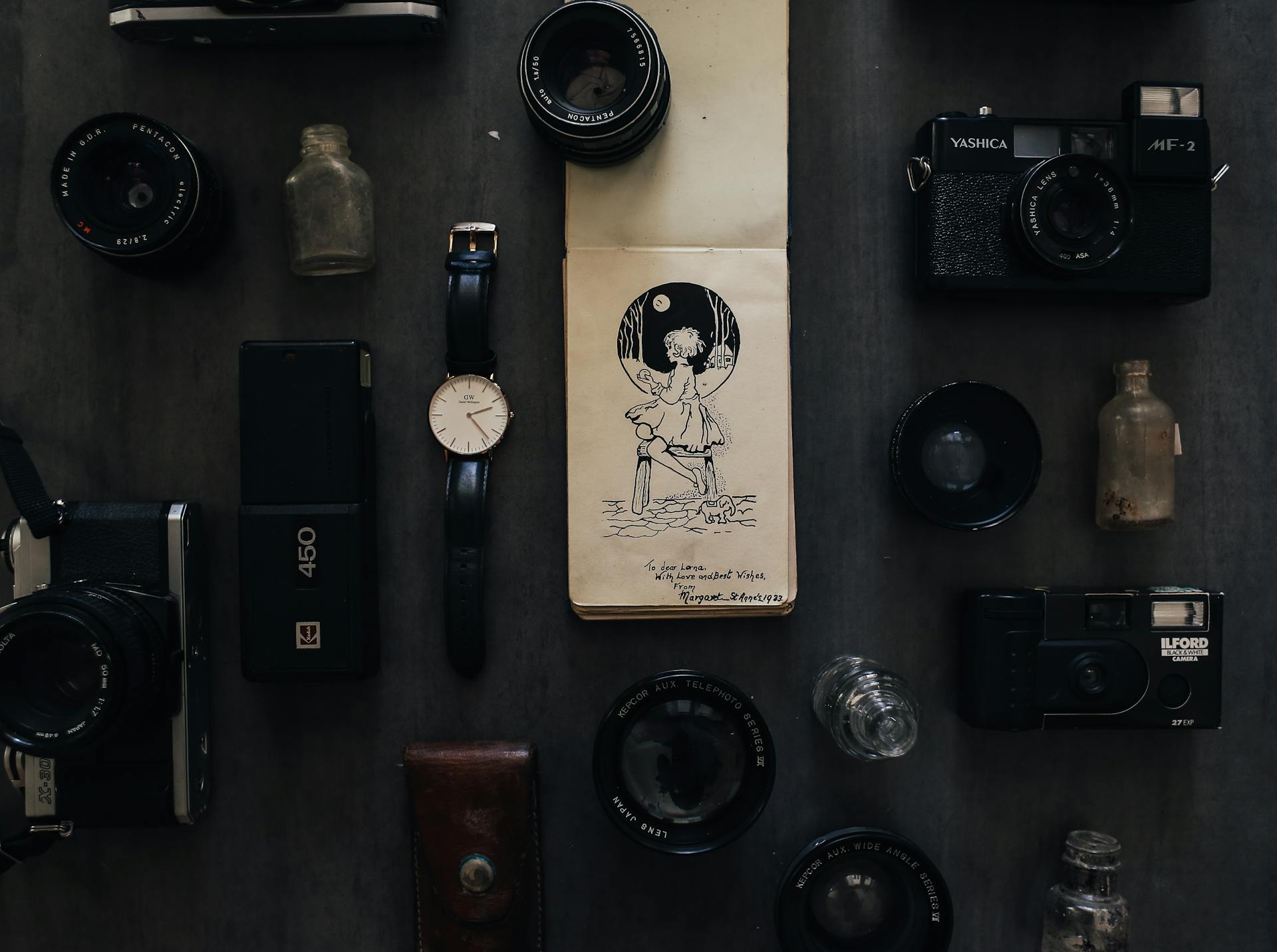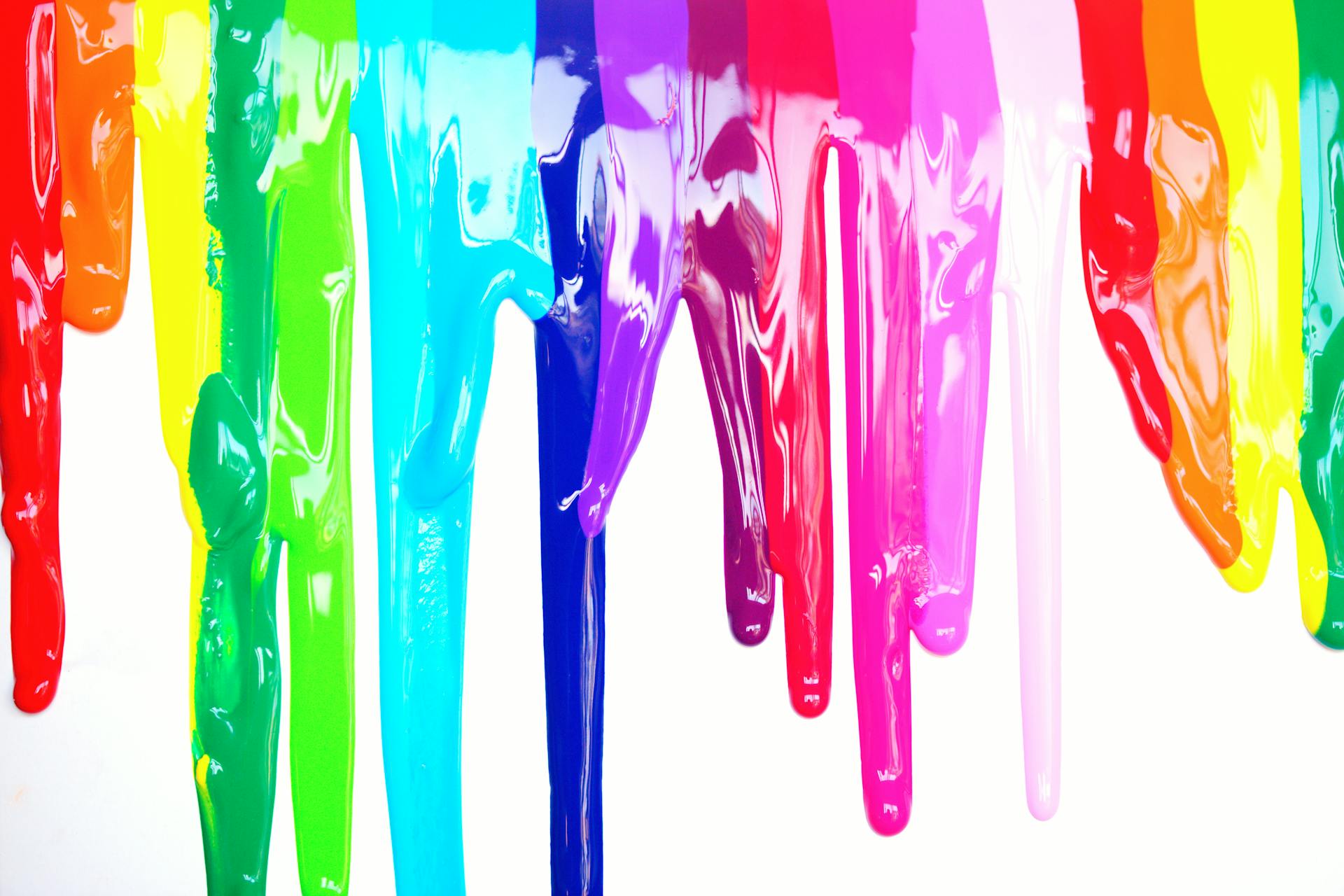
Fine art photography is a beautiful and captivating medium that has been around for over a century. Ana Mireles, a renowned fine art photographer, believes that anyone can make art with their camera, regardless of technical skills. However, many people struggle with understanding what exactly fine art photography is and how to create it. This article doesn't intend to give a definitive answer but rather provide a practical guide for those interested in exploring this fascinating genre.
In this article, you'll find tips and insights from experienced fine art photographers on how to create images that are considered fine art. From composition and lighting to post-processing techniques, we'll cover all the essential elements that go into creating stunning fine art photography. Whether you're an established fine art photographer looking to take your work to the next level or just starting out on your creative journey, this guide will have something for everyone.
Consider reading: Wedding Photographer
Discovering the Enchantment of Fine Art Photography
When we think of photography, the obvious thing that comes to mind is capturing images. However, when it comes to defining fine art photography, it becomes a complicated task theorists have been trying to tackle for years. Fine art photographers make art out of their photographs by using ideas and emotions rather than just subject matter. While some may photograph landscapes or abstract photography, others focus on fine art portraiture.
Fine art photography prints are usually produced in limited editions with signature warranties authenticity. Unlike commissioned work for clients where the photographer is given the client's idea to execute, a fine art photographer develops their own personal concept for their works. These works can be displayed in collective exhibitions or submitted to photo contests where they have free rein over their subject matter and techniques.
There are no objective rules guided by critics, galleries, museums or theorists when it comes to creating fine art images. It is up to the individual artist's interpretation and vision that makes each piece unique. Whether you're an editorial photographer who wants to explore personal projects or someone who simply appreciates the beauty of fine art photography, there's something enchanting about discovering what a fine art photographer can create with their camera lens.
Related reading: Professional Photographer
Discover the Widespread Styles of Fine Art Photography

There is a wide range of ideas noted in the world of fine art photography, and each photographer has their own unique approach to capturing and presenting their vision. Some common types of fine art photography include landscape, portrait, still life, abstract, and conceptual photography. Each of these photographic pursuits lets artists explore different themes and techniques to create stunning works of art that are both beautiful and thought-provoking.
If this caught your attention, see: Pop Art
Captivate Your Eye with Inspiring Fine Art Photography Ideas

Fine art photography is a unique way to capture the essence of the subject and create a visual masterpiece. Before we dive into the inspiring fine art photography ideas, it's important to understand its working definition. Fine art photography lets explore the underlying ideas and emotions behind the work of art. It is not just about capturing a beautiful image but conveying a message or story through the lens. By pushing the boundaries of traditional photography techniques, you can photograph fine art that truly captivates your eye and leaves a lasting impression on viewers.
Readers also liked: Home Photography Ideas Atmospheric Rays
1. The Photographer’s Purpose
The photographer's purpose in fine art photography is to convey a central emotion, feeling, or idea through their images. Each photograph is not just a small concept, but rather a representation of a broad-based idea that the photographer wants to communicate to their audience. Muhammad Idrus Arsyad, for example, uses his photographs to explore the freedom means for people who live in cities across Indonesia.
The photographer's purpose is not always clear from the outset; it often starts as a hypothesis - a starting point for exploration. But as they work on their project and refine their vision, they begin to develop a clearer sense of what they want to say and how they want to say it. Ultimately, the goal of fine art photography is not just to create beautiful images but also to provoke thought and inspire reflection.
For more insights, see: Create Fantastic Light Orb Images
2. The Photographer’s Techniques
In fine art photography, the photographer's techniques play a crucial role in creating stunning and captivating pieces. To produce a cohesive series of fine art pieces, photographers often utilize long exposures to capture a moment in time and create an ethereal atmosphere. They also use various common techniques such as manipulating light and perspective to convey their central purpose or message.
Furthermore, photographers may choose to photograph convert subjects or focus on specific elements such as the color red or human forms to achieve collection consistency. These techniques allow for the creation of visually striking images that engage the viewer and evoke emotions. Ultimately, the photographer's ability to master these techniques is what sets fine art photography apart from other forms of photography and makes it a unique and valued art form.
Recommended read: Wedding Photography Lighting Techniques
3. The Photographer’s Artist's statement
The Photographer's Artist's statement is a short statement that defines their vision and purpose in fine art photography. This statement is an essential tool for artists as it helps them to convey their artistic intent to the audience. It explains the reason behind the creation of the photograph, its meaning, and its significance in the context of fine art photography.
Fine art photography is all about expressing creativity through photographs that are aesthetically pleasing and thought-provoking. The photographer's artist statement plays a vital role in defining the message behind each photograph, which helps establish a connection with the viewer. A well-written artist statement can enhance the value of a photograph by providing insight into how it was created and what inspired it. Therefore, it is important for photographers to invest time in creating an artist statement that accurately represents their work and speaks to their audience.
Becoming a Master of Fine Art Photography

Making fine art photography is not an easy task, but if you're passionate about this art form, it can be a very rewarding experience. Inspiration exists everywhere, and finding a beautiful subject to undertake is the first step. Successful fine art photography doesn't treat topics superficially; it aims to make people reflect on the images' meaning and purpose.
The preparation stage is an important part of the entire process. Ten ways can help you start shooting your project easier: decide on the light you're going to use, which props to incorporate into your photo shoot, and don't give up if things don't go as planned. Fine art photographers must choose carefully what images they cull for presentation. In fine art photography, imagine that you're taking pictures not just for yourself but for an audience; you're telling them a story through the images presented.
The final result of any work is essential in making fine art photography stand out from other digital equivalents or film photography. The artist statement and short bio are critical elements when presenting your work. Make sure to explain your work's common thread in the project's artist statement. Once your project is ready, you'll need to have it exhibited or shown. Start visiting galleries or enter photo-contests to gain exposure for your artwork - this will help get it bought by others who appreciate what you've created!
You might like: Photo Ideas Levitation Photography Secrets
Unleashing Your Inner Artist: Crafting Fine Art Photography

Creating photographs that are considered fine art can be a challenging but rewarding experience. To find success in fine art photography, it's important to focus on creating images that evoke emotion and tell a story. Utilizing composition techniques such as leading lines, symmetry, and contrast can also help elevate your work to the next level. With dedication and practice, anyone can unleash their inner artist and produce stunning fine art photography.
1. How to Create Fine Art Photos: Get Your Ideas Together
Creating a fine art photograph requires more than just clicking the shutter button. You need to have a clear idea of what you want to create and how you want to do it. One way to get your ideas together is to use sticky notes. Write down each important idea on a sticky note and put them on a wall or board. This "sticky note kind" of brainstorming helps you visualize your ideas and see how they fit together.
Once you have your ideas together, it's time to think about the photography techniques required. Fine art photography often involves using specialized techniques that require specific equipment and skills. For example, macro long exposure photography can create stunning images of natural subjects like flowers, insects, and water droplets. Research the techniques you'll need and practice until you feel confident in your abilities. Remember, creating a fine art photograph takes time and patience - don't expect to get it right on the single time!
For another approach, see: Home Photography Idea Powerful Photos
2. How to Create Fine Art Photos: Bring Your Ideas to Life
Creating fine art photos is all about bringing your ideas to life. To achieve this, one central technique is the use of a wide-angle view to capture the vast empty spaces of ghost towns and abandoned buildings. This allows you to not only focus on the subject but also incorporate the surrounding landscape into your composition. Another key element is white conversion, which can add depth and contrast to your images while creating a unique aesthetic that sets them apart as fine art photos.
By using these techniques and incorporating your own creative ideas, you can create stunning fine art photos that showcase the beauty in what others may see as abandoned or forgotten places. So next time you’re out shooting, don’t be afraid to experiment with different angles, perspectives, and editing techniques to bring your vision to life.
You might like: Home Photography Ideas Pool Portraits
3. How to Create Fine Art Photos: Remember It’s About Your Vision
Remember fine art photography is all about your vision. It's not about following a set of rules or trying to fit into a certain mold. So don't worry about whether you're doing it "right" or not - there are no wrong answers in fine art photography.
To create fine art photography prints, start by finding inspiration in everything around you. Take a cue from artists like Muhammad Idrus Arsyad and experiment with different techniques and styles, whether that means exploring the world of fine art black and white photography or delving into the world of fine art landscape photography. The key is to let your creativity guide you, and to remember that every image you create is a reflection of your unique perspective.
Explore further: Lightroom Tutorial 20 Create
Discover Impressive and Motivating Fine Art Photography
If you are looking for a true inspiration, then fine art photography is the perfect option for you. Fine art photos are not just ordinary pictures; they are pieces of art that capture emotions, beauty, and creativity. These photos can bring a new perspective to your life, evoke powerful feelings, and motivate you to see the world in a different light. If you want to experience something unique and extraordinary, explore the world of fine art photography and discover breathtaking images that will leave you speechless.
1. Fine Art Fantasy Photography
Fine art photography is a genre that encompasses various styles and techniques. One of the most fascinating sub-genres is fantasy photography, also known as surreal photography. This type of photography involves creating images that transport viewers to imaginary worlds or situations. Artists turn to this style to explore their creativity and develop unique imagery beyond what can be found in the real world.
While some fine art photographers focus solely on creating fantasy images, others use it as a supplement to their commercial work. Regardless of how they incorporate it into their creative process, fantasy photography requires a high level of technical skill and an understanding of post-processing software such as Adobe Creative Live Club Med. By mastering these tools, artists can bring their visions to life and create stunning pieces that captivate their audiences.
2. Fine Art Mood Photography
When it comes to fine art photography, one artist that stands out is Hengki Lee. Lee is not just a photographer, but a visual artist who creates stunning black and white images that evoke curiosity, dream poetry and emotion. He doesn't follow the mainstream images that are widely popular. Instead, he finds beauty in the simplest things and captures them through his lens.
Lee's creative process involves taking his time to come up with an original idea before even picking up his camera. He believes that every photograph should have a story behind it and convey a certain message or feeling to the viewer. This is what sets apart fine art photography from regular snapshots - it's about creating something beautiful and meaningful through deliberate intention and purposeful composition.
3. Fine Art Photography as Artistic Research
Fine art photography can be seen as a form of artistic research. As photographer Im Ana Mireles explains, her work involves exploring the traces of identity construction through the medium of photography. By engaging in an artistic process that seeks to create knowledge, Mireles' work goes beyond mere representation and instead delves into deeper questions about identity and representation.
One example of Mireles' unfinished work is her series Dreams Jail, which explores the intersections between identity and incarceration. She also wrote about another project called Kaleidoscopic, which examines how different facets of identity interact with one another to create complex representations of self. Through these projects and others like them, fine art photography becomes a critical tool for academic research into questions of identity and representation.
Frequently Asked Questions
What is the most important piece of equipment in fine art photography?
The camera itself is the most important piece of equipment in fine art photography, as it is responsible for capturing the image. However, high-quality lenses and a tripod can also greatly impact the final result.
Is photography finally considered an art?
Yes, photography has been widely accepted as an art form since the mid-20th century due to its creative and expressive possibilities. Today, it is considered a respected medium for artistic expression alongside painting, sculpture, and other traditional art forms.
How does photography became an art?
Photography became an art when photographers started to use their cameras to express their creativity and vision, capturing more than just a literal representation of reality. Through the use of composition, lighting, and post-processing techniques, photographers can create images that evoke emotions and convey a message.
How can I get Inspired by fine art photography?
To get inspired by fine art photography, immerse yourself in the work of renowned photographers, attend exhibitions and workshops, experiment with different techniques and themes, and develop your own unique style.
What is fine art nature photography?
Fine art nature photography is a type of photography that captures the beauty and essence of nature in a creative and artistic way. It involves using techniques such as composition, lighting, and editing to produce stunning and visually appealing images that evoke emotion and inspire awe.
Featured Images: pexels.com


